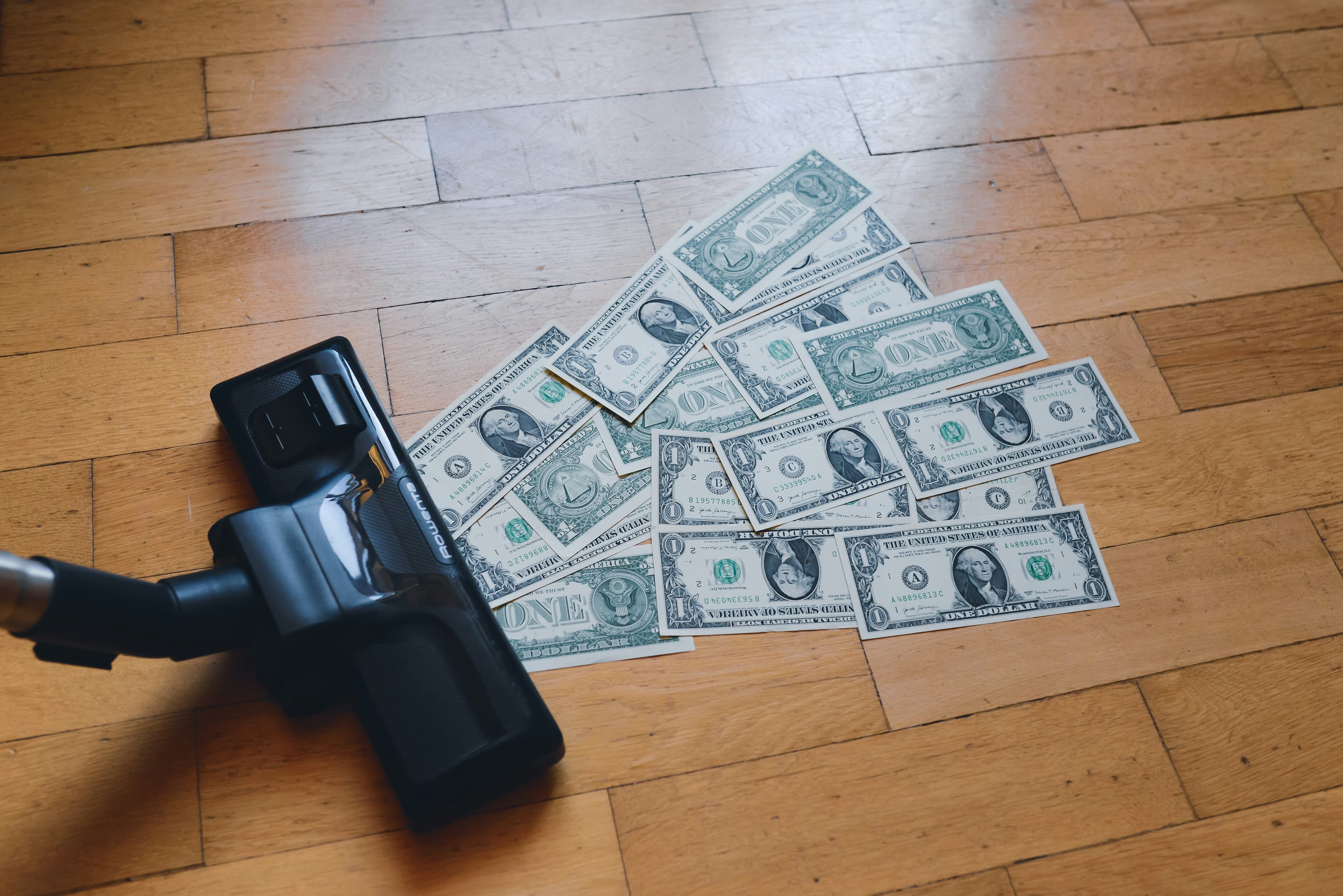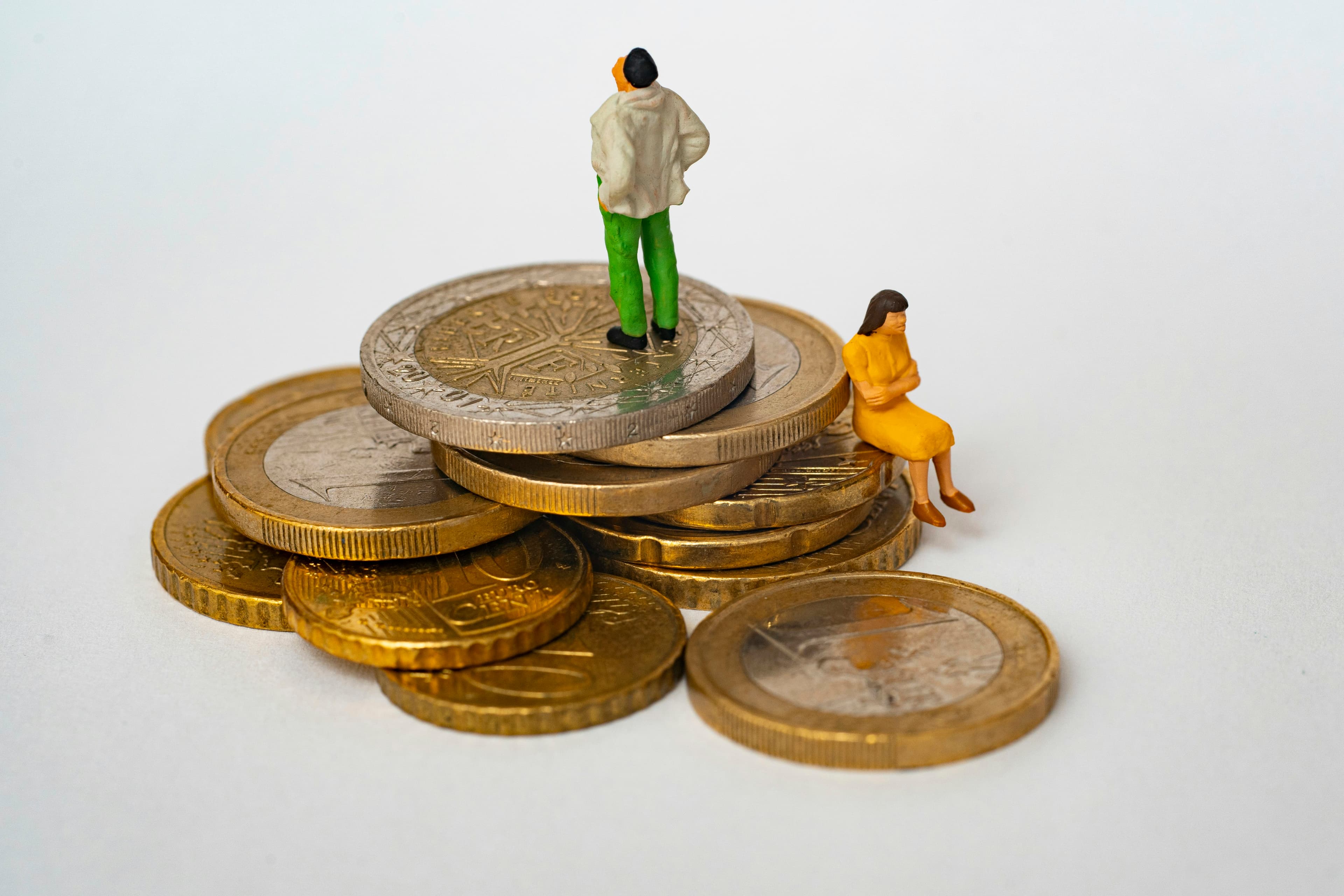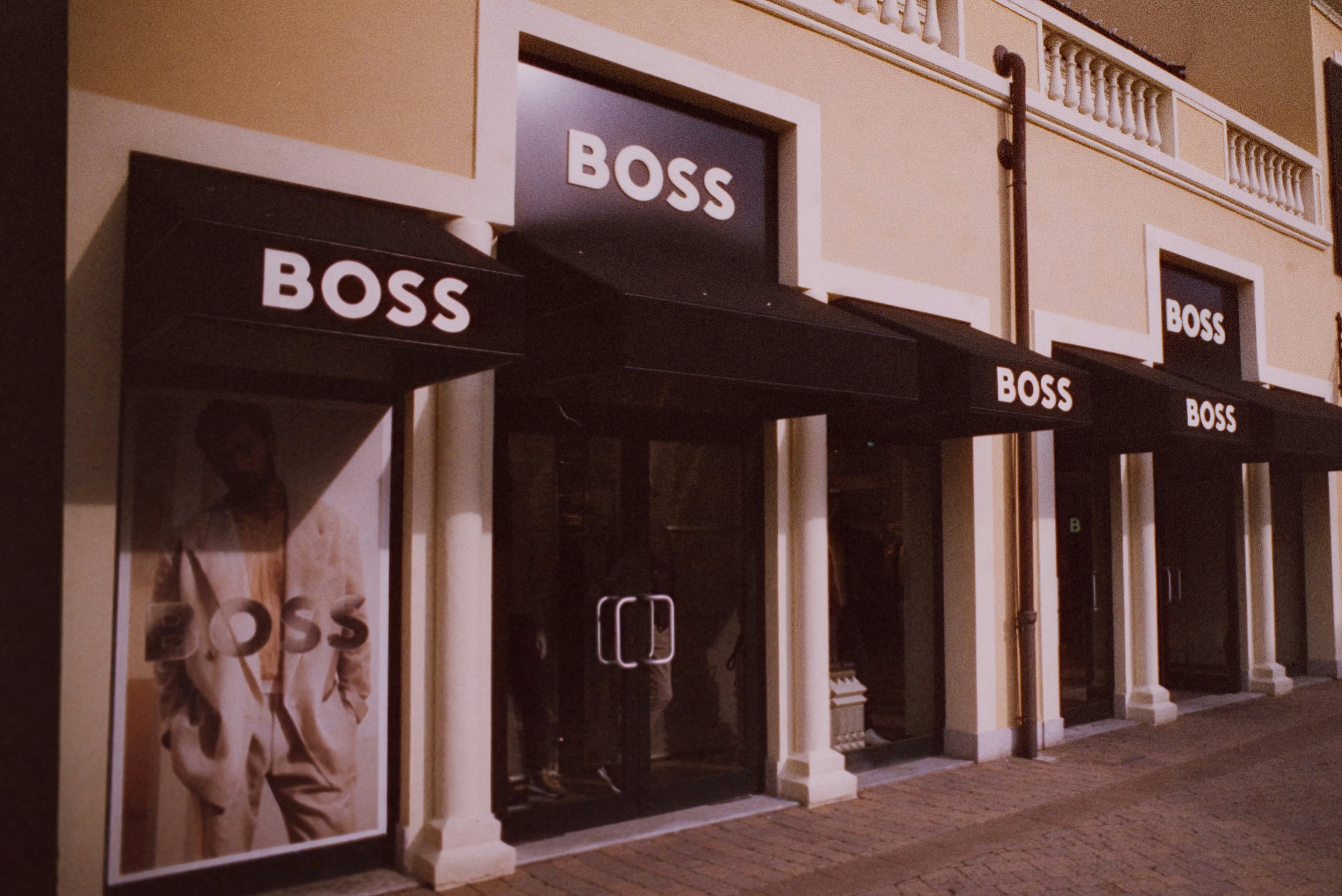A No-Nonsense Guide to Buying Your Next Car

Buying a car is a huge financial decision, one that can easily cost you more than it should. Whether you’re paying with cash, financing, or leasing, there are common traps to avoid and a little bit of homework can save you a whole lot of money. The good news is that the internet has completely changed the game, putting the power back in your hands before you ever set foot on a dealership lot.
The First Big Question: New or Used?
That new car smell is tempting, but you can save a significant amount of money by looking at cars that are just one to three years old. The reason is simple: depreciation. New cars lose a huge chunk of their value—sometimes as much as 30 to 40 percent—in the first couple of years. A car you bought for $20,000 might only be worth $12,000 two years later. If you plan on driving it for a decade, that might not matter much. But if you like to switch cars every few years, that depreciation hit is costly.
If cost is a major factor, focus on vehicles in that one-to-three-year sweet spot. A great tip is to ask dealers about cars coming off a lease. Leased cars are often well-maintained to avoid penalties and typically have lower mileage due to contract restrictions. On the flip side, try to avoid former rental cars, as they usually have high mileage for their age and have been driven hard. Choosing a slightly used car is less of a simple purchase and more of a smart .
And yes, you should absolutely haggle over the price of a used car. A dealer's profit margin is often much larger on a used vehicle, giving you more room to negotiate. Today's cars are built to last, and many dealers even offer warranties on certified pre-owned vehicles, so you don't have to sacrifice peace of mind for a better price. According to Edmunds.com, most new cars lose 20 to 30 percent of their value right after being sold. A two-year-old car gives you most of the benefits of a new one at a serious discount.
Always Do a Background Check
With any used car, there’s always a risk you’re inheriting someone else’s headache. Services like Carfax.com can run a background check using their massive database to uncover hidden issues that could impact the car's safety or value. A report can tell you if a car was returned under a lemon law, salvaged after a major accident, used as a taxi, or even had its odometer rolled back.
All you need is the Vehicle Identification Number (VIN), which is usually on a small metal plate on the driver's side of the dashboard, visible through the windshield. A single report costs about $25, but for around $30, you can get unlimited reports for a month—a great deal if you're shopping around.
Your Old Car: Trade-In or Private Sale?
You will almost always get more money by selling your old car yourself. Think of it as a mini —a little effort for a much bigger payout. If you’d rather just trade it in, make sure you only bring it up you’ve negotiated the best possible price for the new car. Tell the salesperson you want to focus only on the new car purchase first. This way, if you ask for a trade-in quote later, you can be sure they aren’t just shuffling numbers between the new car price and your trade-in value.
This approach turns the transaction into a straightforward where you control the terms, rather than letting the dealer bundle everything together to their advantage.
How to Pay for Your Car
When it comes to paying, you have three main options: cash, a loan, or a lease.
- If you can afford to pay for a car outright, you’ll save thousands in interest charges. But before you do, make sure you’ve paid off any high-interest credit card debt. It makes no sense to use your cash to avoid a 6% car loan if you’re carrying a balance on a credit card at 20%.
- This is how most people buy cars. The car itself serves as collateral, meaning the lender can repossess it if you stop making payments. While car loans used to be for three years, five-year loans are now common. This lowers your monthly payment, but you’ll pay more in interest over time. It can also leave you “upside down,” where you owe more on the loan than the car is actually worth. If you try to sell it while upside down, you’ll have to come up with cash just to cover the difference. To avoid this, aim for the shortest loan term you can comfortably afford, ideally three or four years. Always get pre-approved for a loan from your own bank or credit union before going to the dealership. This gives you a baseline and prevents the dealer from marking up interest rates.
- A lease is essentially a long-term rental. You make monthly payments for a set period, usually three to five years, and then return the car. You’re still on the hook for insurance, maintenance, and any repairs not covered by the warranty. The main benefit is that you’re only paying for the portion of the car's value that you “use up” through depreciation. This often means lower monthly payments and less money required upfront. However, leases come with strict mileage limits, typically 12,000 to 15,000 miles per year. Go over, and you’ll face hefty fees. Picking a car that holds its value well is a key move; it's almost like in an asset that depreciates slowly, which keeps your lease payments lower.
Getting the Best Price
To negotiate like a pro, follow two key rules. First, keep the new car purchase, your trade-in, and your financing as three completely separate transactions. Second, start your negotiation from the dealer’s invoice price (what they paid for the car), not the Manufacturer’s Suggested Retail Price (MSRP).
Find the invoice price online, subtract any manufacturer rebates, and then make an offer that’s about 5% above that final number. The dealer has much higher profit margins on options, so there’s more room to negotiate there. Be armed with information, and don’t be afraid to walk away. This whole process is a , and information is your best tool.
Consider using a car-buying service like those offered by Costco. Members can often get a pre-negotiated, no-haggle price at participating dealerships, which takes a lot of the stress out of the process.
The True Cost of Ownership
The sticker price is just the beginning. Before you fall in love with a car, look into its long-term costs. What’s its repair record like? How much does routine maintenance cost? What kind of gas mileage does it get, and what will it cost to insure? A cheap car with a poor reliability record can end up costing you a fortune in repairs. A resource like provides extensive research on the long-term reliability of most makes and models.
A Final Word on Add-Ons
At the end of the deal, you’ll likely be offered an extended warranty and credit life insurance. Be skeptical. Extended warranties often provide duplicate coverage to the manufacturer’s warranty and are much cheaper when purchased from a third-party provider. Credit life insurance, which pays off your loan if you die, is typically overpriced. Unless you have no other way to get life or disability insurance, it’s usually best to decline these expensive add-ons.








